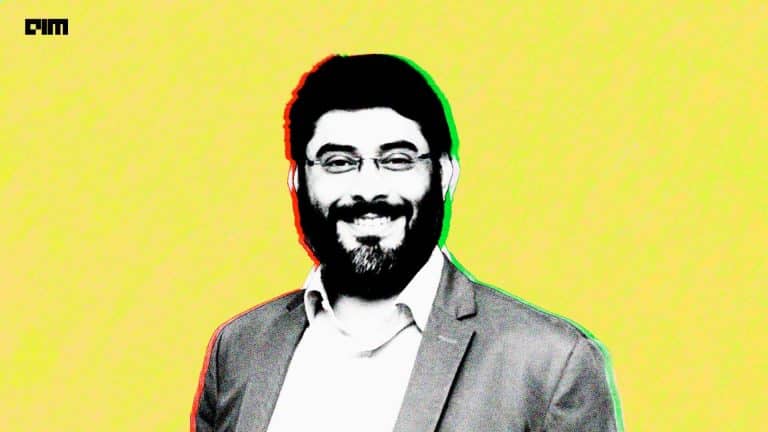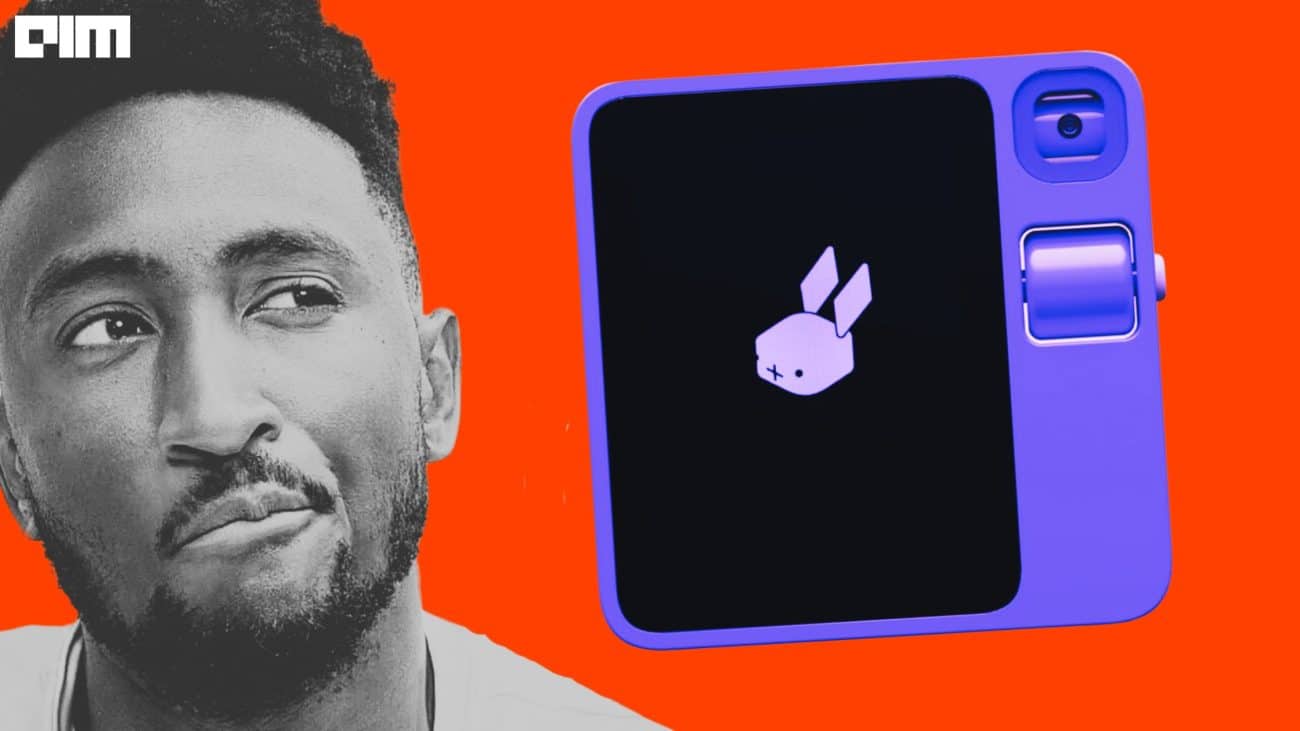IIT Bombay is building BharatGPT in collaboration with many universities and institutions. With one of the focus areas being healthcare, it was important for the initiative to bring in expertise from organisations that are leveraging different technologies within the field of healthcare.
AIM got in touch with Vishnu Vardhan, the founder of Vizzhy, a healthcare-focused company that is partnering with the creators of BharatGPT to realise this dream of building generative AI solutions for this field. “We were looking for teams that are building generative AI,” said Vardhan, and that is when he met Ganesh Ramakrishnan, a professor at IIT Bombay who is leading the initiative.
“I met Ganesh at MIT in Boston, and we are one of the first companies that was bringing generative AI to healthcare,” said Vardhan. Vardhan’s team is now working on six research projects with different teams of IIT Bombay.
Along with Vizzhy, Vardhan is also the CEO of Seetha Mahalaxmi Healthcare (SML), which is one of the major providers of GPUs for the BharatGPT initiative. It was one of the first companies to acquire NVIDIA H100 GPUs, and helped the BharatGPT team to train its models, which also includes vision and speech models that the team is planning to come up with.
“We have to depend on English for a lot of things,” explained Vardhan that when it comes to science and healthcare, we are bound to look at it from an English lens, which becomes a huge barrier for research in India as 80% of the people are not proficient in the language. “People look at English just as another language, but they think in their native language.”
Vizzhy has been working on Indic languages for healthcare long before BharatGPT started. That is why Ramakrishnan and Vardhan decided to join hands and build a foundational model with both the expertise.
What sets BharatGPT apart
Tech Mahindra’s Project Indus is also headed in a similar direction as BharatGPT, but Vardhan said that after having several meetings with the Tech Mahindra team they realised that they are currently focused on developing models for several accents of Hindi, and not separate Indic languages. “Project Indus can be used as an add-on for BharatGPT,” he added.
Apart from healthcare, the team also wants to venture into fintech, as he believes this would be able to automate a lot of mundane tasks in the field so that people can focus on better and creative tasks. “Any job that is customer facing can be augmented with generative AI,” he added.
Vardhan highlighted the recent $1.5 billion partnership between Vodafone and Microsoft, as also BharatGPT’s partnership with Reliance Jio, which would power generative AI into the telecom industry. He also said that a lot of small companies and also IT companies would benefit from automation using BharatGPT’s models.
“Generative AI has a huge potential to prevent layoffs,” explained Vardhan. “A lot of the companies experimenting with generative AI do not have enough compute, but at the same time, they also want to adopt the technology. That is where BharatGPT would be able to help them by providing the solutions.”
He said that ChatGPT is super expensive and a lot of technologies are not open source, “We want everyone to use generative AI.” Vardhan added that the initiative would not just be about releasing weights, but making it available to everyone. He highlighted that the first model would be open source and wants developers to help them make it better. “The more people use it, the better it will become,” and eventually, they would release more versions of the model.
Indic LLMs should be built from the ground up
Vardhan emphasised that English models such as Llama and Mistral are good, but cannot address the complexity of Indian languages. Giving an analogy of adding drops into the ocean, Vardhan said that building Indic LLMs with a million tokens on top of English foundational models, which have trillions of token, won’t be enough to make them on par with GPT-4 for other languages such as Kannada or Tamil or Hindi.
He highlighted that Indic languages are very well connected with each other with their grammatical structure, which is very different from English. “That is why we decided that it would be easier to build models if they are originally in any Indic languages such as Hindi,” he explained, as it would be easier to mould them into other languages later.
The only problem he pointed out was that there are not enough available tokens in digital format that can be used to build the model from scratch, like there are in English. “We have lots of books, but they have to be digitised, which is an expensive but important project,” he added.
Similar to Bhashini, Vardhan has also funded another project that is doing OCR of 30,000 books and translating them into digital copies for trainable tokens. “What BharatGPT would come up with would be very authentic and thus powerful,” he added, also highlighting that a lot of people building models using synthetic tokens would not be able to deliver the same quality.
Most of the healthcare data is in English, but when it comes to talking to patients in India, the conversation between the doctor and the patient is mostly in local languages. He said that if most nurses at a hospital spoke Malayalam, it would become a problem for patients to interact with them and added that it is in cases like these that BharatGPT would come in handy.


















































































